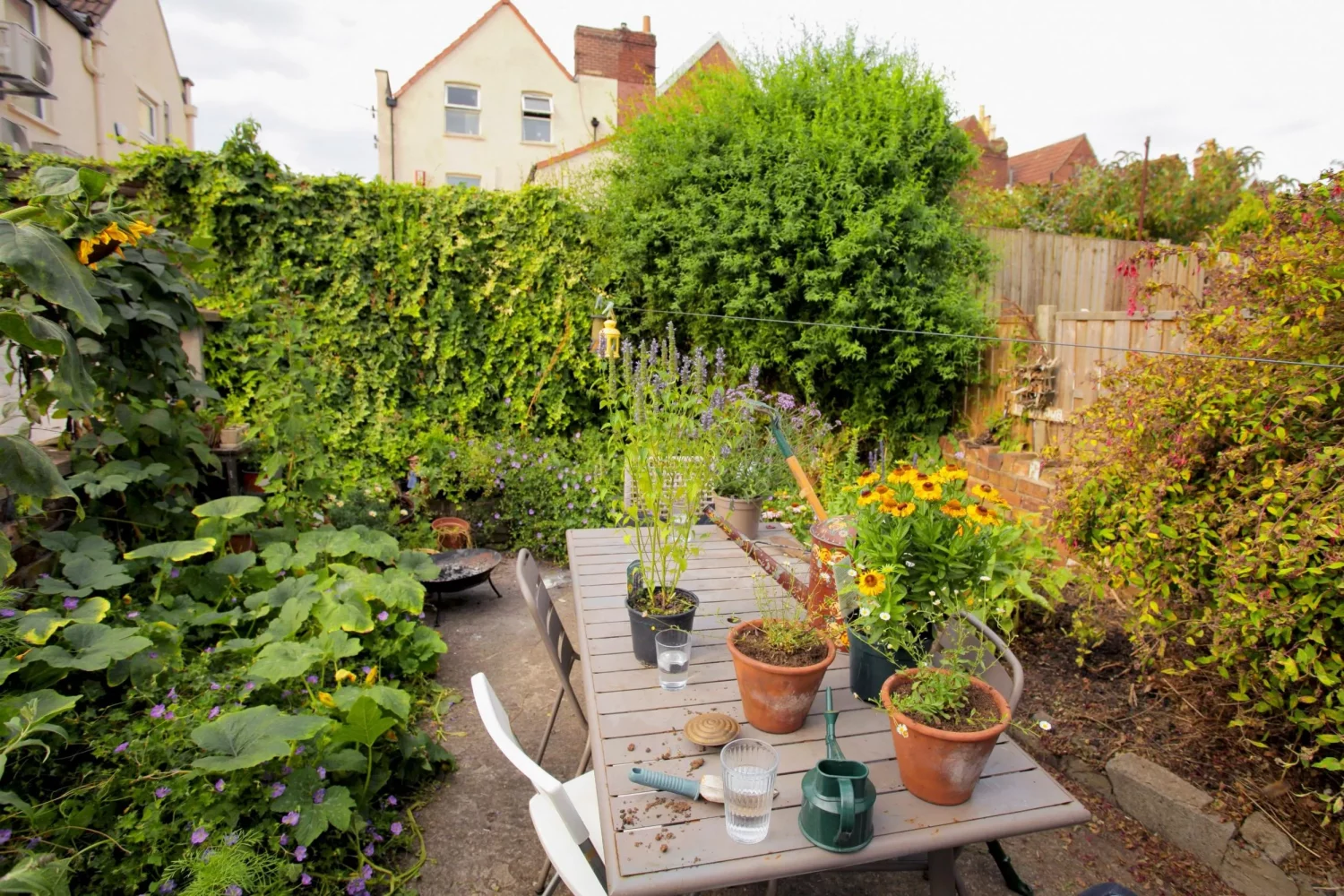Traditionally, autumn has been a time for gardeners to cut back, tidy, clear, and prepare their green spaces for the upcoming winter chill, however, with a little care and consideration, our gardens can become a veritable haven for wildlife at this time of year.
One of the easiest ways to help wildlife thrive over autumn and winter is to simply leave things alone – resisting the temptation to clear up can be hugely beneficial to garden wildlife. Many gardeners choose to leave the seedheads of herbaceous plants and grasses to provide structure, as well as shelter for wildlife. Dead leaves, stems, and flowers can all contribute to a much-needed natural winter home, whilst plants with hollow or pithy stems (such as Fennel, Cow Parsley, and Honesty) can provide a brilliant home for hibernating invertebrates and larvae, including solitary bees, spiders and beetles. Adult ladybirds hibernate in hollow plant stems, sometimes clustering together in a large group; all species of UK ladybirds hibernate as adults (or ‘diapause’, as it’s known for insects), and the protection and insulation of hollow stems can make the perfect environment. With more plants left as potential homes for wintering invertebrates, the mini ecosystems in our gardens can begin to thrive. Increasing numbers of nestling insects provide food for a wide range of other species – for example, beetles residing in hollow stems may become welcome nourishment for next year’s birds, frogs, toads or hedgehogs; in turn, these may provide food for animals further up the food chain, such as owls or foxes.
Another benefit of not cutting back flowers in the autumn is the fact that their seeds are retained as a food source. Birds love to feed on seed heads like Teasel, Thistles, Sunflowers, Alliums, and Coneflowers (Thistle and Teasel seeds are a particular favourite of Goldfinches, whose slim, triangular beaks allow them to extract the small and otherwise inaccessible seeds). Greenfinches use their strong, stout beaks to pick out and crack seeds from Sunflowers left after flowering. By leaving seedheads standing, we can also increase the opportunity for birds and other animals to disperse seeds, either through ingestion or by carrying on their feathers and fur.
One plant which is particularly important to leave at this time of year is Ivy, as throughout autumn, fragrant Ivy flowers provide one of the last garden nectar sources when there is little else for insects to feed on. This is particularly important for Hoverflies, which are the second-most significant pollinators after bees. In particular, the Marmalade Fly relies heavily on the nectar of later flowering plants like Ivy, and as we move into winter, Ivy berries (particularly rich in fat) are a welcome food source for Blackbirds and other thrushes. Furthermore, dense Ivy makes a great shelter and roosting area for smaller birds such as Robins and Wrens during the colder months. Similarly, unswept piles of autumn leaves can provide a safe and warm sanctuary for hedgehogs, while grounded windfall apples can provide a crucial source of late-season sustenance for Fieldfares, Redwings, Wood Mice, badgers and voles, as well as invertebrates including butterflies, wasps, and ants.
So, before you undertake your annual autumn clear-up, spare a thought for garden wildlife – some mindful laziness can go a long way!
Visit www.rspb.org.uk/helping-nature/what-you-can-do/activities/planting-plan-for-wildlife-gardens for more information about gardening for wildlife.










Add a comment